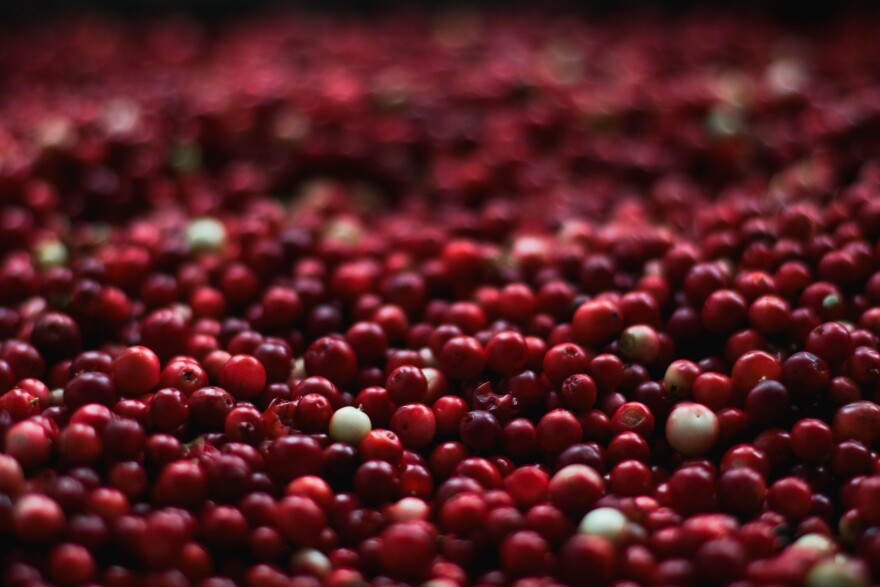Leslie Holland loves her job.
“I think for me the problem-solving aspect has always been really enjoyable. I grew up watching a lot of TV shows crime shows where they’re trying to solve a mystery. I feel like I get to do that with my job,” she said.
Holland isn’t solving crimes, but she is solving the mysteries behind what causes disease in fruit. She’s an assistant professor and extension specialist for UW Madison. Her research focuses on diagnosis, biology, and management of pathogens affecting fruit grown in Wisconsin.
Most of her work revolves around cranberries.
“[I’m] trying to understand the different pathogens and their destruction to the cranberry crop, how are they doing so, and then ultimately our goal is really to provide management solutions to growers in the state of Wisconsin they can continue to grow and produce cranberries,” said Holland.
Holland says, luckily, there’s not a lot of diseases that ruin cranberry crops in Wisconsin. But she says it’s still found every year, especially cranberry fruit rot.
“A huge influence of this disease is actually the environment. When the conditions are particularly conducive, it’s very wet in the marshes before harvest occurs. It could really help the fungal pathogens to grow and invade the fruit,” she said.
Holland is this month’s Science on Tap Minocqua speaker.
She will be talking about cranberry fruit rot as well as the history of cranberry production in Wisconsin.
“Part of that history is fruit rot disease. It’s a disease as old as cranberry production itself. You can’t talk about one without talking about the other. I’m looking forward to diving into that,” said Holland.
It’s this Wednesday, November 3, at 6:30 via YouTube and zoom.







